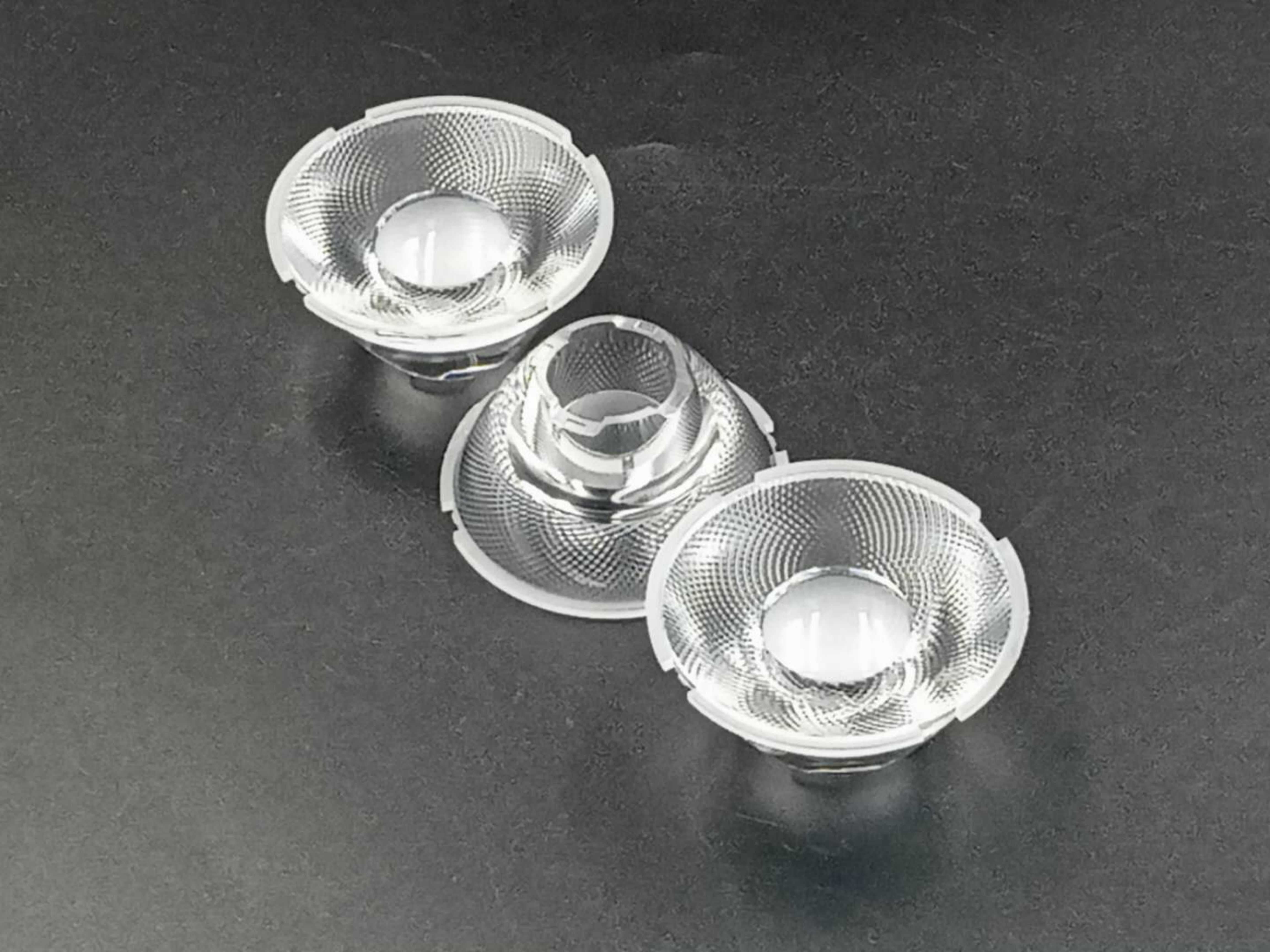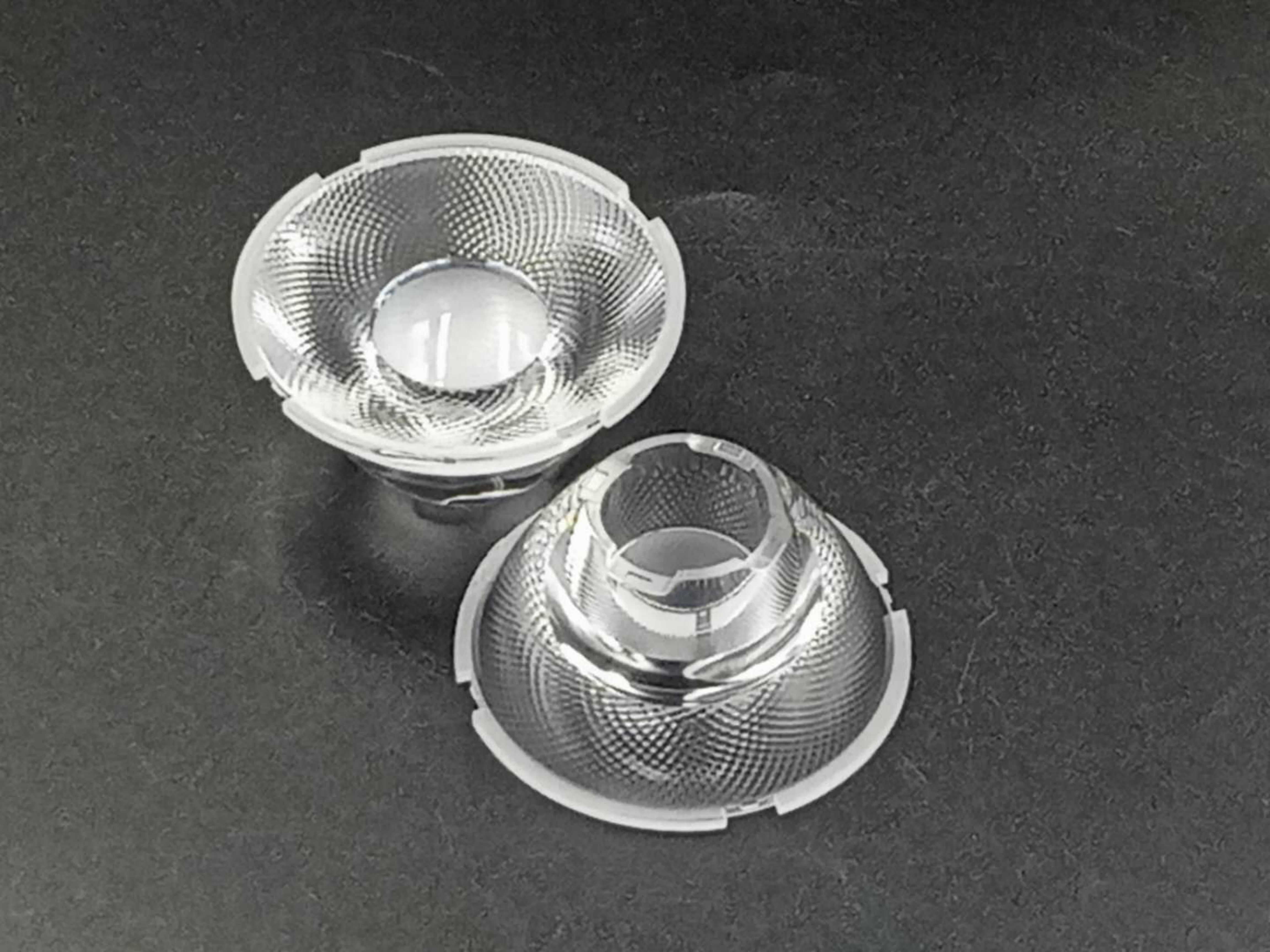The following editor will introduce you to the diameter tolerance and physical properties of optical lenses, welcome to read!

Diameter tolerance of optical lens:
The diameter tolerance of circular optics provides an acceptable range of diameter values. This production specification will vary depending on the skill level and capabilities of certain optical processing companies that manufacture optical products. While the diameter tolerance does not have any effect on the optical performance of the optical product itself, it is a very important mechanical tolerance that you must consider if you are going to mount the optical product on any kind of holder. For example, if the diameter of the lens deviates from its nominal value, it is possible to offset the mechanical axis in the mounted assembly from the optical axis, resulting in decentered light. Generally, the production tolerance for diameter is: +0.00/-0.10 mm for normal quality, +0.00/-0.050 mm for precision quality, and +0.000/-0.010 mm for high quality.
Physical properties of optical lenses:
Here we need to understand the following concepts: optical center and main optical axis. The main optical axis refers to the straight line passing through the spherical center of the lens; and there is a point on the main axis of each lens through which the light propagation direction will not change, which is called the optical center.

The light is refracted by a convex lens, and the direction of propagation of the refracted light is closer to the main optical axis than the direction of the incident light; after the light is refracted by the concave-convex mirror, the propagation direction of the refracted light is farther from the main optical axis than the direction of the original incident light.
Focus and focal length: The convex lens can make the light parallel to the main optical axis converge at a certain point on the main optical axis, this point is called the focus, and the distance from the focus to the optical center is called the focal length; the concave-convex mirror makes the light parallel to the main optical axis divergent, The reverse extension line of the divergent light will gather to a certain point in the main optical axis, which is the focal point of the concave-convex mirror, and the distance from the focus to the optical center is the focal length of the concave-convex mirror.
The size of the focal length of the convex lens indicates the strength of its converging ability. The smaller the focal length, the stronger the converging ability; the size of the focal length of the concave lens indicates the strength of its divergent ability. The smaller the focal length, the stronger the divergent ability. The convexity of the surface of a convex lens determines the length of the focal length. The more bumps, the shorter the focal length and the stronger the light-gathering ability. The degree of concavity in the surface of a concave lens determines the length of its focal length. The more concave, the shorter the focal length and the stronger the scattering power.
The focal length of each convex and concave lens is fixed. However, in different colors of the same lens, the focal length of the colored light is different. Plano-convex lenses can focus a collimated beam at the back focus, or can turn a point light source into a collimated beam.
Thank you for reading, the above is an introduction to the diameter tolerance and physical properties of optical lenses. If you want to know more details about optical lenses, please contact us and serve you wholeheartedly.
